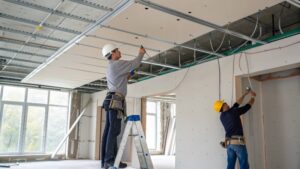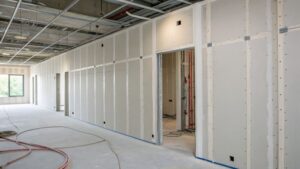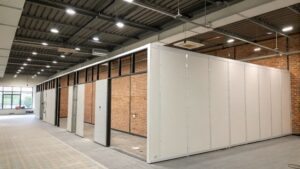Gypsum board partitions are taking over modern construction, but are they really better than traditional brick walls?
Yes, gypsum board is an excellent choice for interior wall partitions due to its fast installation, low cost, and flexibility for future modifications.
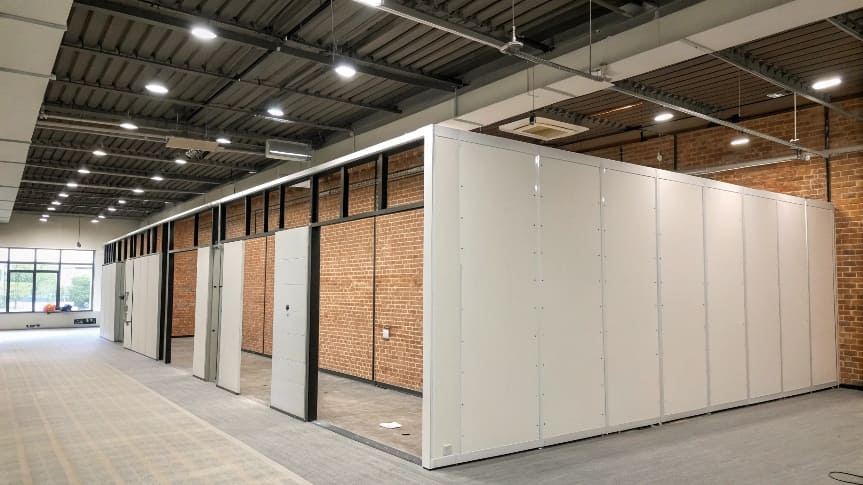
I remember one office building project from last year. The owner needed all partitions completed in one month. Brick walls would have taken at least two months, with wet work and curing time. Instead, we used our gypsum board system with light steel framing. It was all dry work, and we completed it in just 20 days. The owner was very pleased. This speed is one of the key reasons why over 70% of modern offices and homes use gypsum board partitions.
How to make a partition with gypsum board?
Some people think gypsum board installation is complex, but it is actually very straightforward.
To build a partition, fix a light steel frame, secure gypsum boards on both sides, fill the cavity with insulation, then finish with putty and paint.
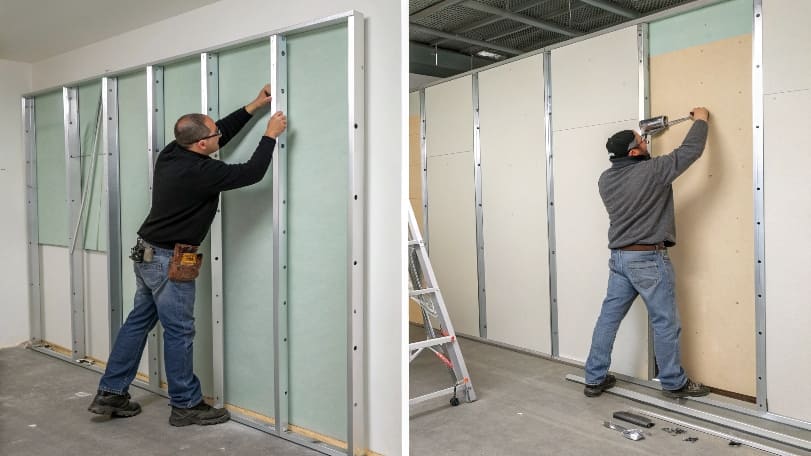
When I make gypsum board partitions, the process is always the same. First, I measure and mark the layout lines on the floor and ceiling. Then, I fix the light steel tracks to these lines. Vertical studs are placed inside the tracks at regular intervals, usually 400 or 600 mm apart. After framing, I screw gypsum boards onto both sides. For better sound insulation, I fill the cavity between the boards with rock wool or glass wool. After that, I tape and finish the joints with joint compound, then apply primer and paint.
| Step | Task | Purpose |
|---|---|---|
| 1 | Mark layout and fix tracks | Define wall position |
| 2 | Install studs | Create structural framework |
| 3 | Screw gypsum boards | Form wall faces |
| 4 | Add insulation | Improve sound and thermal performance |
| 5 | Tape, putty, paint | Finish surface for decoration |
This is a quick, clean, and dry process compared to masonry work.
What are the disadvantages of gypsum board walls?
No material is perfect, so what should we watch out for with gypsum board?
The main drawbacks are lower sound insulation compared to solid walls and limited load-bearing capacity without reinforcement.
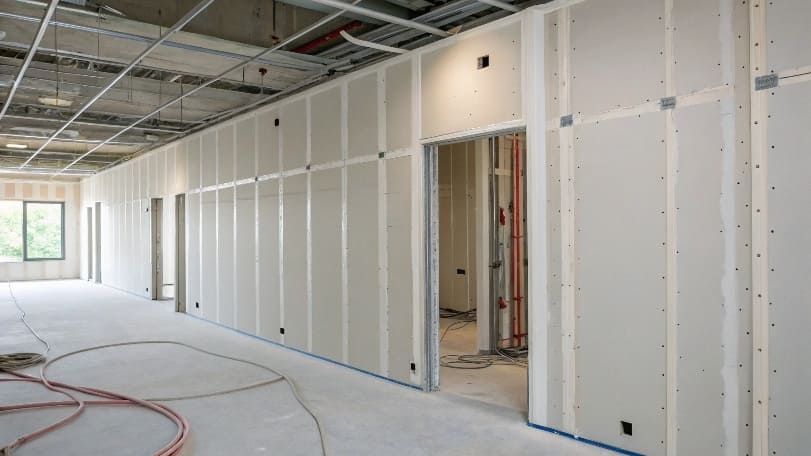
I have worked with gypsum board for many years, and I can tell you its weaknesses. First is sound insulation. Even with insulation, gypsum partitions cannot match the density and mass of brick or concrete walls. If privacy or noise control is critical, we add thicker boards, double layers, or specialized acoustic panels. The second is hanging heavy loads. Gypsum board cannot hold weight like solid masonry. That means heavy cabinets or TVs need special wall anchors or to be fixed directly to the metal studs. However, new high-density gypsum boards and composite wall systems are improving performance in both areas.
| Disadvantage | Impact | Possible Solution |
|---|---|---|
| Lower sound insulation | Noise leakage between rooms | Use thicker boards, acoustic panels, more insulation |
| Limited load-bearing | Unsafe for heavy objects | Use reinforcement plates, metal studs for mounting |
| Moisture sensitivity | Damage in humid areas | Use moisture-resistant gypsum board |
Understanding these limits helps us design smarter walls.
What's the difference between gypsum board and drywall?
People often ask me if gypsum board and drywall are two different products.
They are the same material; the name “drywall” is common in the US, while “gypsum board” is used more internationally.
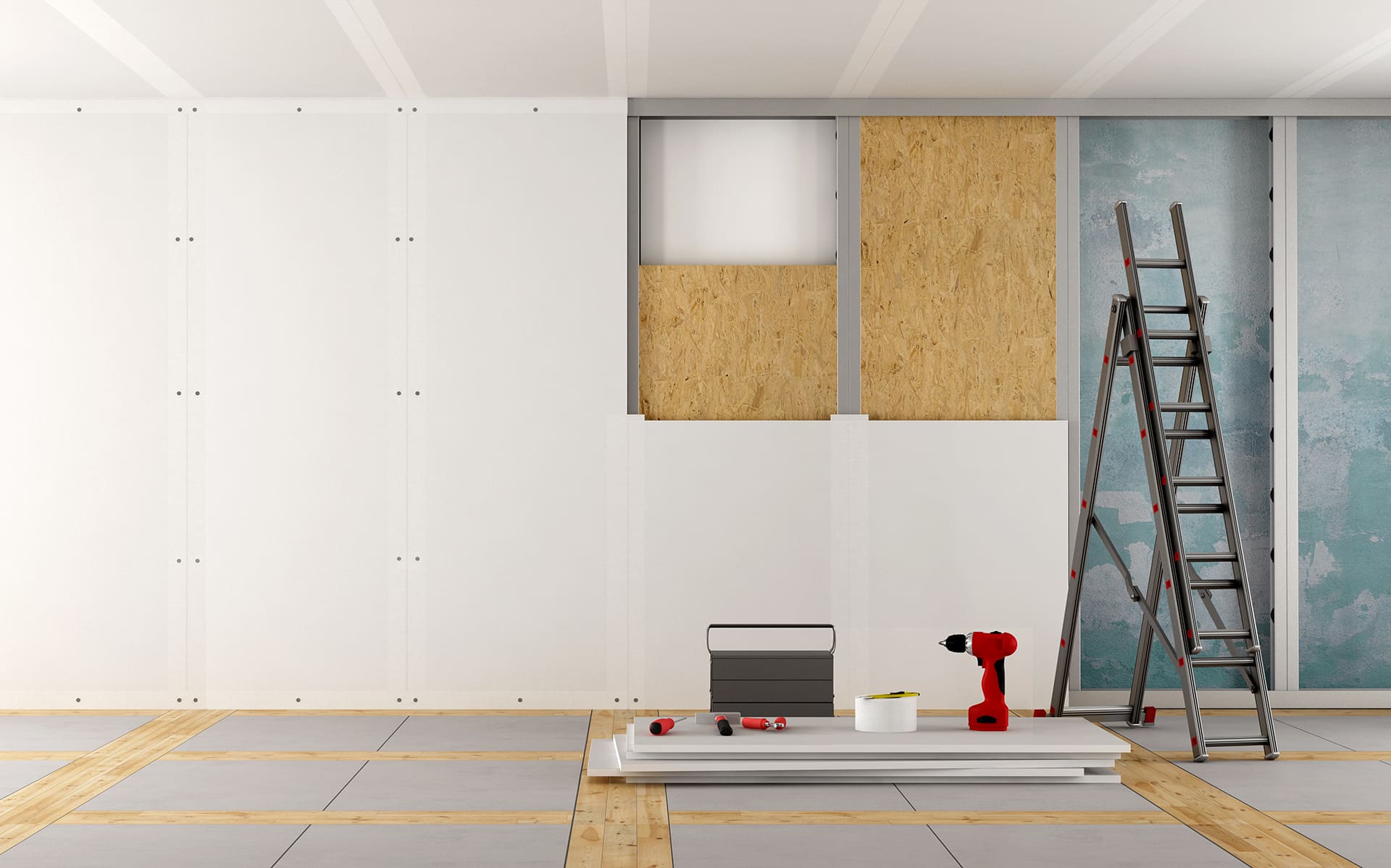
When I talk to clients in America, they always say “drywall.” In other places, it is “plasterboard” or “gypsum board.” They all describe a panel with a gypsum core sandwiched between paper facings. The manufacturing process, physical properties, and installation method are the same. The only difference is the regional naming.
| Name | Common in | Description |
|---|---|---|
| Gypsum board | Asia, Europe | Technical or industrial term |
| Drywall | USA, Canada | Popular trade and industry term |
| Plasterboard | UK, Australia | Term used in construction industry |
| Sheetrock | USA | Brand name often used as a generic term |
So whether you ask for gypsum board, drywall, or plasterboard, you are getting the same thing.
Conclusion
Gypsum board is a fast, cost-effective, and flexible way to build interior partitions, with some limits on sound insulation and load capacity but huge advantages in speed and adaptability.

